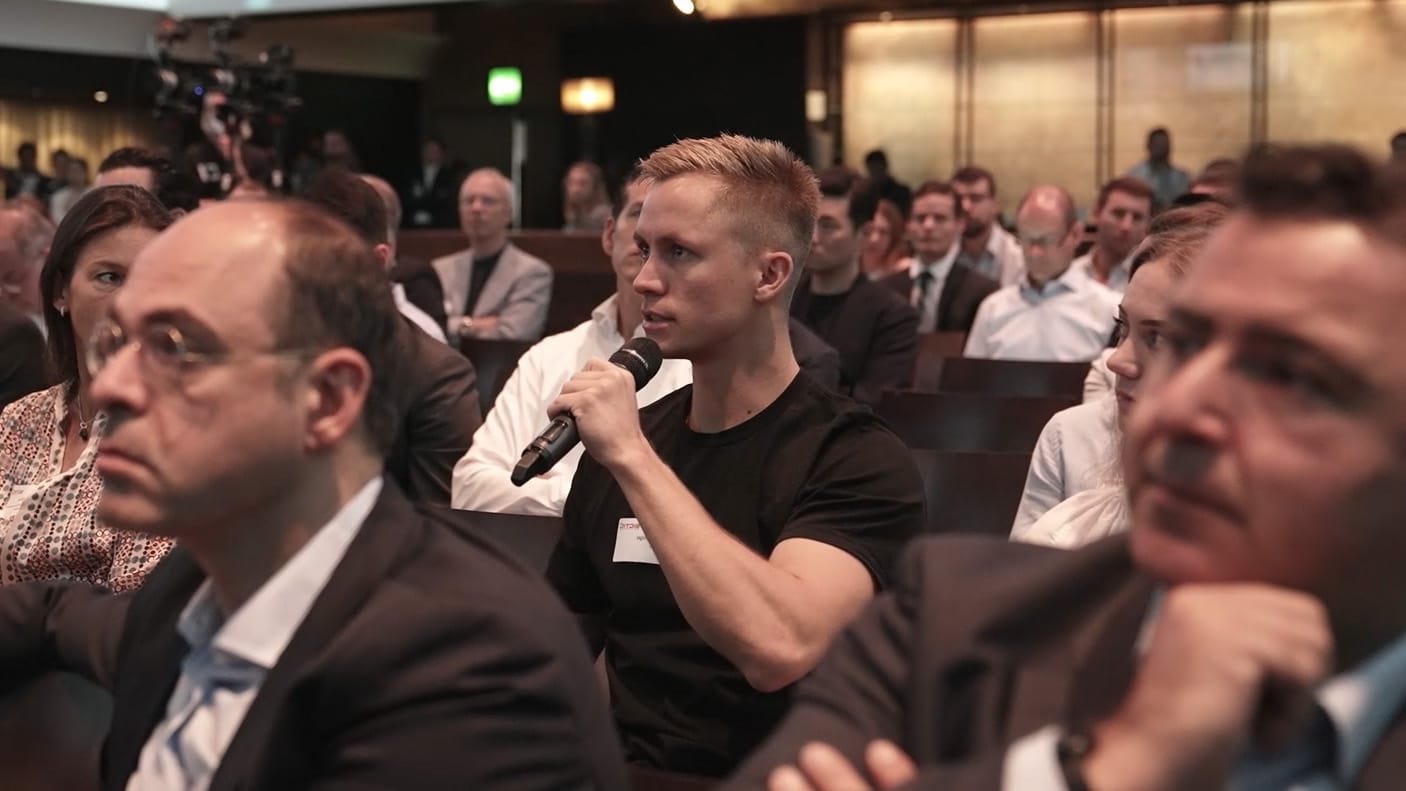Picture this: A speaker just concluded an insightful session at your conference. Now, it’s time for Q&A. The audience, an eclectic mix of professionals, students, experts, and supporters, all part of your vibrant community, are ready with their questions. Unfortunately, what follows misses the mark. This crucial part of the learning process often becomes a platform for self-promotion, wasting people’s time, and worst of all, potentially harming the speaker. But worry not; it’s time to transform these experiences, one conference at a time.
Table of contents
Over the years, Q&A sessions at conferences have been less about the sharing of knowledge and more about a few audience members’ personal agendas. They were meant to offer value, encouraging dialogue and learning, but instead have become a space for narratives that are regularly not even questions, defeating the very essence of a Q&A session. Here are some ways how conference organizers can ensure the spirit of learning stays intact.
Adopt a central platform for questions
A centralized platform where questions are submitted and upvoted by community members before or while the session could be a game-changer. By enabling upvoting, you ensure the most relevant and widely resonating questions reach the speaker. This will also solve the issue of overly long questions, as community members are unlikely to favor them. As a rule of thumb, if a question spans more than three paragraphs, it probably isn’t concise or focused enough for this setting.
In writing, we trust
Written questions can significantly enhance understanding. It’s a fact; not every member of your community is a native speaker. A written question allows the speaker and audience members to process the information at their own pace, making room for inclusivity.
Equip the MC
The host or MC of the session plays a crucial role in maintaining decorum. By offering mandatory training or at least providing comprehensive documentation on how to intervene in problematic situations, you can mitigate awkward situations, particularly for new speakers who might not yet be comfortable navigating such disruptions.
Make Q&A optional
Making the Q&A segment optional can go a long way in reducing potential distress for speakers, especially the new ones who are already dealing with the jitters of their first presentation. This step not only shows respect for the speakers’ comfort, but also allows for greater diversity in the speaker line-up, including those from underrepresented groups who might otherwise be discouraged from participating.
Addressing the issues associated with Q&A sessions is not an overnight fix. It requires consistent efforts from both the community and the organizing teams. However, the reward—a more inclusive, engaging, and truly informative conference experience—is well worth the effort. By implementing these suggestions and being open to continuous feedback and improvement, you can create an environment where everyone benefits, learns, and leaves with a sense of accomplishment.

